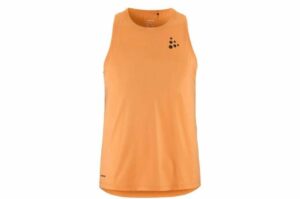Why it’s never too late to take up running
You'll benefit from running no matter when you get started—and you may well catch up to your more seasoned peers in terms of body composition and muscle mass
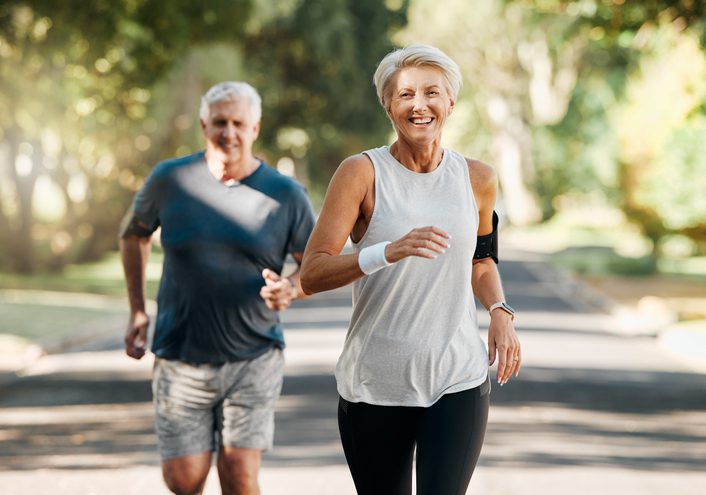
A study published in Frontiers in Physiology spotlights the prowess of late-blooming runners—those who strapped on running shoes at 50 or older. Embarking on a running journey later in life may feel intimidating, especially when concerns about joint health and potential injury loom large. But this emerging research sheds light on the remarkable benefits that running can offer, even for those who hit the pavement later in life. Not only can older runners enjoy running’s many health benefits, but they can also bridge the gap with their more seasoned counterparts in terms of body composition and muscle mass.
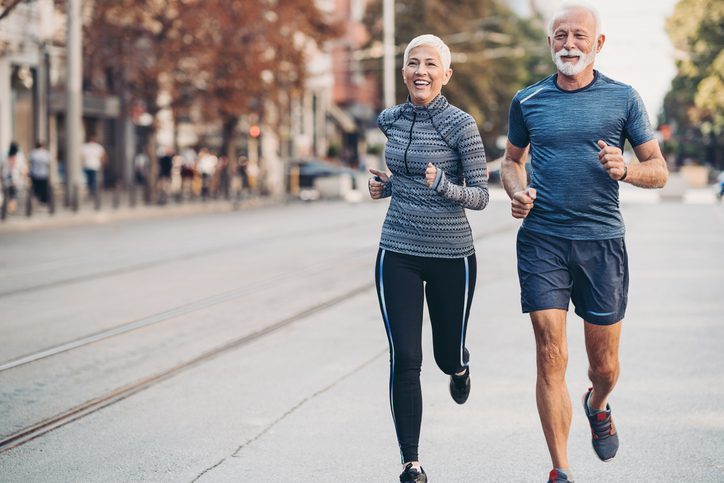
Early birds aren’t the only ones catching the worms
Surprisingly, these latecomers matched both the pace and trim physique of lifelong pavement-pounders. Researchers looked at 150 seasoned endurance athletes, with an average age of 68, dividing them into two groups–“early starters” (who had exercised most of their lives) and late starters (who began running around age 50). To add contrast, a group of 59 exercise-averse individuals, averaging 73 years old, joined the narrative.
While both the early-starters and the late bloomers were exercise enthusiasts—they hit the pavement with purpose five to six days a week—the results were revealing. Whether they began running at 18 or in the second half of life, the runners had similar body compositions and leg muscle mass. Both groups had similarly lower body fat and higher leg lean mass compared to the non-athletes, and their athletic performance was similar.
Aging without injury: how older runners are killing the game
Joint health and osteoarthritis prevention
Contrary to the belief that exercise may aggravate joint problems, studies reveal that physical activity, including running, plays a pivotal role in maintaining joint health and staving off conditions like osteoarthritis. In fact, inactivity, rather than exercise, may contribute to the onset of osteoarthritis. Our joints thrive on movement, as regular physical activity stimulates bone and muscle strength, fortifying the structures that support joint function.
The impact of running serves as a potent catalyst for bone health, stimulating bone-building cells and preserving the integrity of joint surfaces. Research indicates that running can even reverse certain markers associated with pre-arthritis, highlighting its potential to mitigate joint-related concerns.
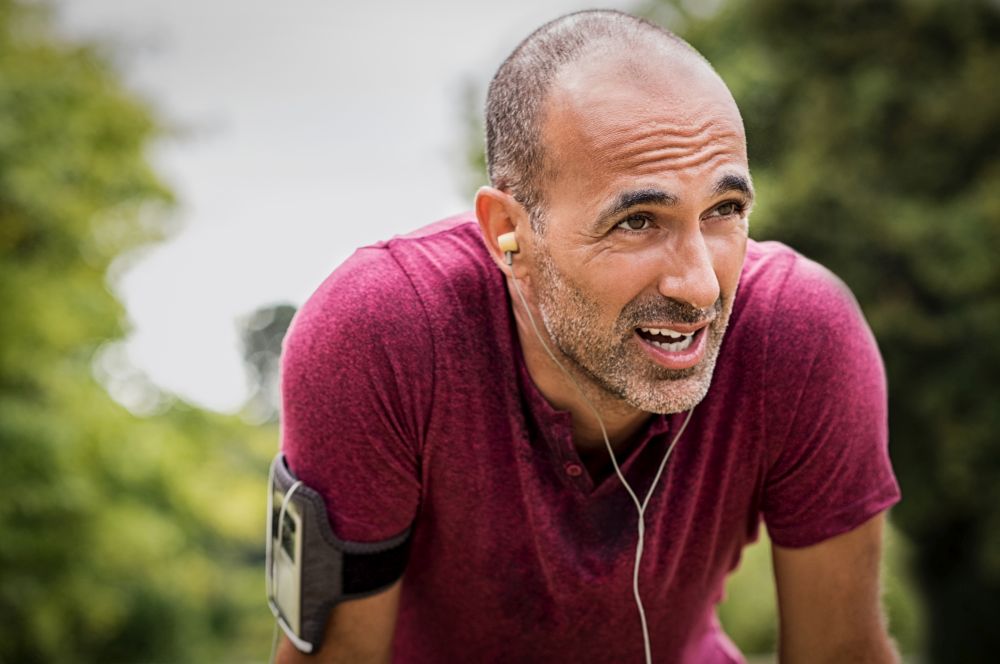
Older and wiser?
Not only can later-starting athletes catch up to their long-running peers, but there’s evidence to suggest that being an older athlete has some advantages. Recent performances in distance running have demonstrated athletes’ ability of to break records well into their late 30s and 40s, particularly over longer distances. As runners age, they accumulate years of knowledge that carries over to improved performance; they also have better proprioception and a better ability to exercise control and patience during races, resulting in more effective pacing.
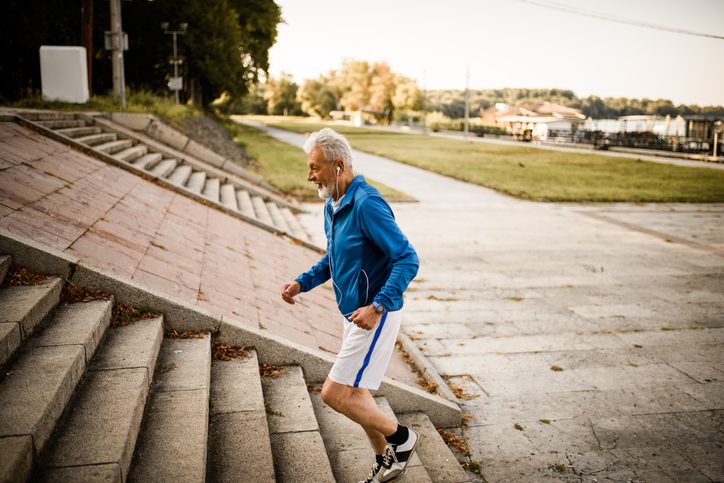
Start slow, stay consistent
We know that any amount of exercise is great for our mental and physical health, and whether you are getting started before or after middle age, your best bet is to begin slowly and try to run consistently. No matter your age, the goal is to stay in the running game for the long haul—and that means easing into an exercise program, adding workout volume conservatively, and, particularly in your 30s and beyond, supplementing running with strength training, both to improve running efficiency and protect against injury.
